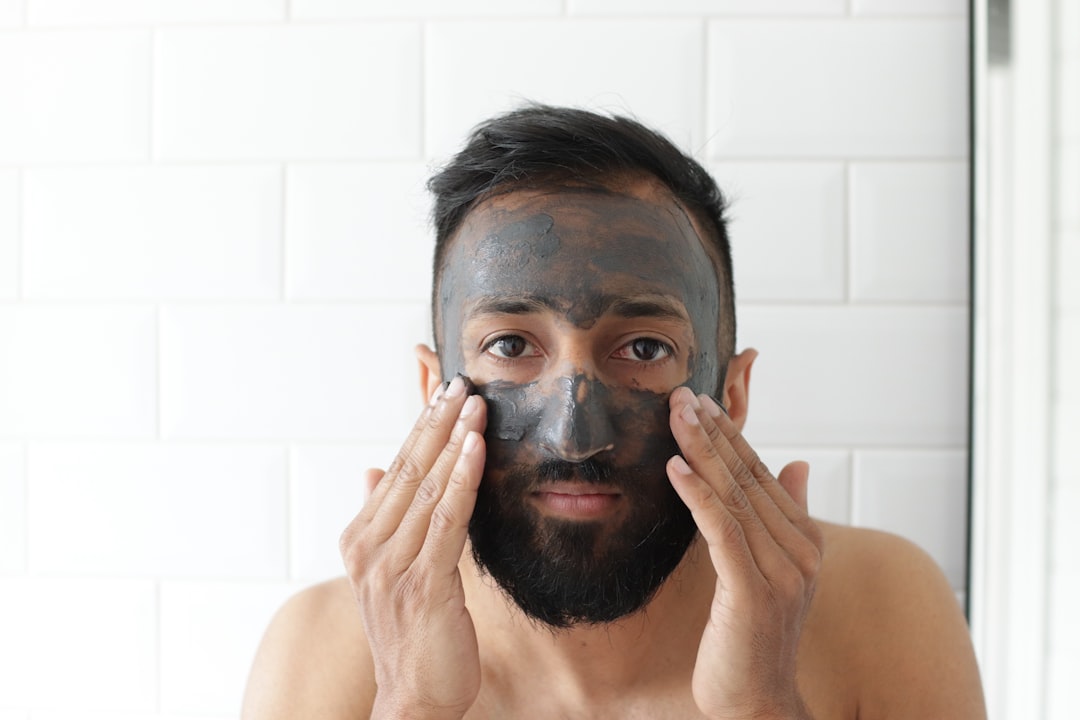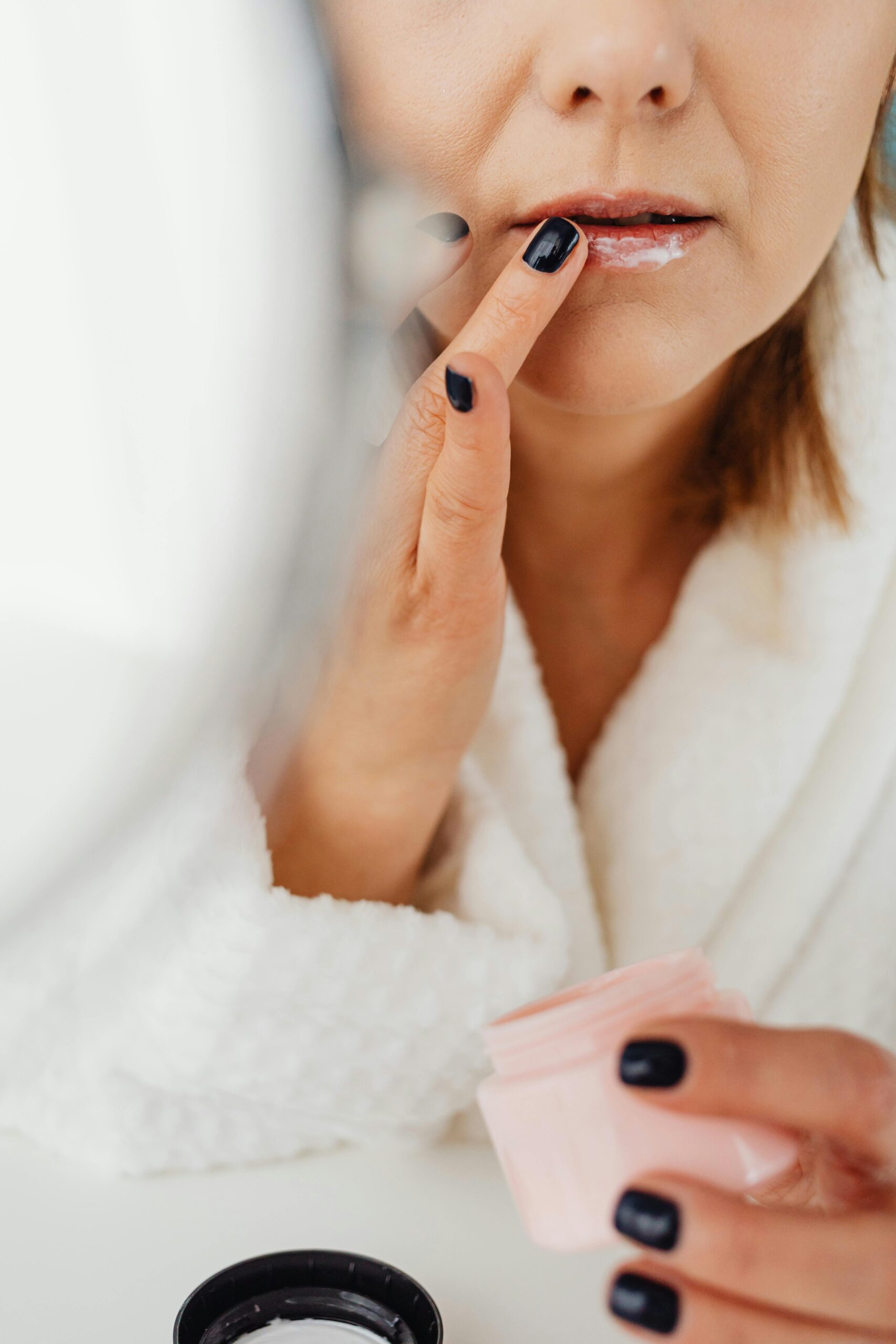Clay masks have been utilised for centuries as a natural method to detoxify the skin and promote a healthy complexion. The use of clay for skincare dates back to ancient civilisations such as the Egyptians, Greeks, and Romans, who employed clay for its healing and purifying properties. Clay masks function by drawing out impurities, toxins, and excess oil from the skin, leaving it feeling clean, refreshed, and rejuvenated.
They are particularly beneficial for those with oily or acne-prone skin, as they can help to unclog pores and prevent breakouts. Additionally, clay masks can improve the overall texture and tone of the skin, making it appear brighter and more radiant. Clay masks are available in various types, each with its own unique properties and benefits.
Some of the most popular types of clay used in skincare include kaolin, bentonite, French green clay, and rhassoul clay. Each type of clay has different mineral compositions and absorption capabilities, making them suitable for different skin types and concerns. When used regularly, clay masks can help to maintain a clear and healthy complexion, making them a valuable addition to any skincare regimen.
Summary
- Clay masks are a popular choice for detoxifying the skin, drawing out impurities and excess oil.
- Different types of clay are suitable for different skin types, such as kaolin for sensitive skin and bentonite for oily skin.
- To mix and apply a clay mask, simply combine the clay with water or other liquid to form a paste, then apply a thin layer to the skin and leave it on for the recommended time.
- Enhance the detoxifying effects of a clay mask by adding ingredients like apple cider vinegar or essential oils, and by steaming the face beforehand.
- After removing the clay mask, follow up with a gentle cleanser and moisturiser, and avoid overusing clay masks to prevent skin dryness or irritation.
Choosing the Right Clay for Your Skin Type
Properties of Various Clays
For instance, kaolin clay is renowned for its gentle exfoliating and oil-absorbing properties, making it ideal for those with oily or combination skin. Bentonite clay, on the other hand, is highly absorbent and effective at drawing out impurities from the skin, making it suitable for those with acne-prone or congested skin. French green clay is rich in minerals and has powerful detoxifying properties, making it a great choice for all skin types, especially those with dull or congested skin. Rhassoul clay is another popular option, known for its ability to improve skin texture and elasticity while also absorbing excess oil.
Choosing the Right Clay for Your Skin
It’s crucial to consider your skin type and concerns when selecting a clay mask, as using the wrong type of clay can potentially irritate or dry out the skin. By selecting the right clay for your skin type, you can ensure that you are getting the most out of your clay mask and achieving the best results for your skin.
Getting the Best Results
By taking the time to choose the right clay for your skin type, you can reap the benefits of a clay mask, including improved skin texture, reduced oiliness, and a more radiant complexion.
Mixing and Applying the Clay Mask
Once you have chosen the right clay for your skin type, it’s important to know how to properly mix and apply the clay mask for maximum effectiveness. To create a clay mask, simply mix the clay powder with water or a liquid of your choice to form a smooth paste. You can also add other ingredients such as honey, yogurt, or essential oils to enhance the mask’s benefits and tailor it to your specific skincare needs.
When applying the mask, make sure to cleanse your skin thoroughly beforehand to remove any makeup, dirt, or impurities. Using clean fingers or a brush, apply an even layer of the clay mask to your face, avoiding the delicate eye area. Allow the mask to dry for about 10-15 minutes, or as directed on the product packaging.
As the mask dries, you may feel a tightening sensation as it works to draw out impurities from the skin. Once the mask has dried completely, rinse it off with warm water and gently pat your skin dry with a clean towel. It’s important not to leave the mask on for too long, as this can lead to over-drying of the skin.
By following these steps, you can ensure that you are applying the clay mask correctly and reaping its full detoxifying benefits.
Tips for Enhancing the Detoxifying Effects
To enhance the detoxifying effects of a clay mask, there are several tips and tricks that you can incorporate into your skincare routine. One way to boost the effectiveness of a clay mask is to steam your face before applying it. This helps to open up the pores and allows the clay to penetrate deeper into the skin for a more thorough detoxification.
You can steam your face by placing a towel over your head and leaning over a bowl of hot water for a few minutes before applying the mask. Another way to enhance the detoxifying effects of a clay mask is to use it after exfoliating your skin. Exfoliation helps to remove dead skin cells and unclog pores, allowing the clay mask to work more effectively at drawing out impurities from the skin.
Additionally, incorporating a facial massage while applying the mask can help to stimulate circulation and promote lymphatic drainage, further aiding in the detoxification process. By incorporating these tips into your skincare routine, you can maximise the detoxifying effects of a clay mask and achieve clearer, healthier-looking skin.
Removing the Clay Mask and Post-Treatment Care
After removing a clay mask, it’s important to follow up with post-treatment care to ensure that your skin remains nourished and hydrated. Once you have rinsed off the mask with warm water, gently pat your skin dry with a clean towel. Follow up with a hydrating toner to rebalance the skin’s pH levels and prepare it for moisturisation.
It’s important to moisturise your skin after using a clay mask, as they can be drying due to their oil-absorbing properties. Choose a lightweight moisturiser that is suitable for your skin type to replenish moisture and prevent any potential dryness or irritation. Additionally, applying a soothing facial oil or serum can help to nourish and protect the skin after using a clay mask.
It’s also important to avoid using any harsh or abrasive skincare products immediately after using a clay mask, as this can potentially irritate the skin. By following these post-treatment care steps, you can ensure that your skin remains healthy and balanced after using a clay mask.
Frequency of Clay Mask Application
Clay Masks for Oily or Acne-Prone Skin
For those with oily or acne-prone skin, using a clay mask 1-2 times a week can help to control excess oil production and prevent breakouts.
Clay Masks for Dry or Sensitive Skin
If you have dry or sensitive skin, it’s best to use a clay mask less frequently, such as once every 1-2 weeks, to avoid over-drying or irritating the skin.
Getting the Balance Right
It’s important not to overuse clay masks, as this can potentially disrupt the skin’s natural balance and lead to dryness or sensitivity. It’s also important to pay attention to how your skin responds to using a clay mask and adjust the frequency accordingly. If you notice any signs of irritation or dryness, reduce the frequency of use or switch to a milder type of clay. On the other hand, if you find that your skin benefits from regular use of a clay mask, you can continue using it as part of your skincare routine. By finding the right balance and frequency of use for your skin type, you can enjoy the detoxifying benefits of a clay mask without compromising the health of your skin.
Potential Side Effects and Precautions
While clay masks are generally safe for most skin types, there are some potential side effects and precautions to be aware of. Some people may experience mild redness or tingling sensations when using a clay mask, especially if they have sensitive or reactive skin. If you experience any discomfort or irritation while using a clay mask, it’s best to rinse it off immediately and discontinue use.
It’s also important to avoid leaving a clay mask on for longer than recommended, as this can lead to over-drying of the skin. Additionally, if you have any existing skin conditions such as eczema or psoriasis, it’s best to consult with a dermatologist before using a clay mask to ensure that it is suitable for your skin. When using a new type of clay mask for the first time, it’s recommended to perform a patch test on a small area of skin to check for any adverse reactions.
In conclusion, clay masks are an effective way to detoxify the skin and promote a healthy complexion. By choosing the right type of clay for your skin type, mixing and applying the mask correctly, enhancing its detoxifying effects, following up with post-treatment care, and adjusting the frequency of use accordingly, you can enjoy clearer and healthier-looking skin. However, it’s important to be aware of potential side effects and take precautions when using a clay mask to ensure that it is safe and beneficial for your skin.
With proper use and care, clay masks can be a valuable addition to any skincare routine for maintaining clear and radiant skin.
If you’re interested in sustainable skincare, you might want to check out this article on The Ultimate Guide to Sustainable Skincare for Eco-Conscious Beauty Enthusiasts. It provides valuable information on how to make environmentally friendly choices when it comes to your beauty routine. This is a great complement to learning how to make a clay mask for detoxifying, as it allows you to consider the impact of your skincare choices on the planet.
FAQs
What are the benefits of using a clay mask for detoxifying?
Clay masks are known for their ability to draw out impurities and toxins from the skin, leaving it feeling clean and refreshed. They can also help to unclog pores, reduce excess oil, and improve the overall texture and appearance of the skin.
What type of clay is best for making a detoxifying mask?
There are several types of clay that are commonly used in detoxifying masks, including bentonite clay, kaolin clay, and French green clay. Each type of clay has its own unique properties, so it’s important to choose the one that best suits your skin type and needs.
How do you make a clay mask for detoxifying?
To make a clay mask for detoxifying, you will need to mix the clay powder with a liquid such as water, apple cider vinegar, or aloe vera gel to form a paste. You can also add other ingredients such as essential oils or honey for added benefits. Once the paste is ready, apply it to your face and leave it on for about 10-15 minutes before rinsing it off with warm water.
How often should you use a clay mask for detoxifying?
It is generally recommended to use a clay mask for detoxifying once or twice a week, depending on your skin type and the specific product you are using. Overuse of clay masks can potentially dry out the skin, so it’s important to follow the instructions provided with the product and pay attention to how your skin responds.
Are there any precautions to take when using a clay mask for detoxifying?
Before using a clay mask for detoxifying, it’s important to do a patch test to check for any potential allergic reactions. Additionally, if you have sensitive or dry skin, it’s best to choose a milder type of clay and to limit the frequency of use to avoid over-drying the skin. Always follow the instructions provided with the product and consult a dermatologist if you have any concerns.




